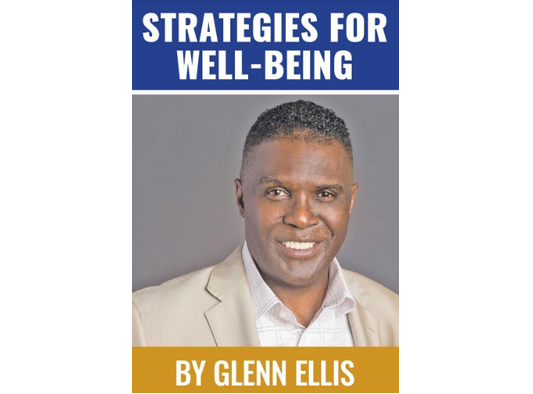By Glenn Ellis
“Both COVID-19 and flu can spread from person-to-person, between people who are in close contact with one another (within about six feet). Both are spread mainly by droplets made when people with the illness (COVID-19 or flu) cough, sneeze, or talk. These droplets can land in the mouths or noses of people who are nearby or possibly be inhaled into the lungs.”
This statement from the Centers for Disease and Control Prevention (CDC) reminds us that, not only should we remember that we are still in the middle of a deadly pandemic, but we are also at the beginning of the 2020-2021 flu season. Because this is the first cold and flu season in the U.S. during the global pandemic, health care providers aren’t sure how our immune systems will react.
Truly, many of us, have reached our breaking points after more than six months of cabin fever; COIVD fatigue; social distancing; face masks; promises of vaccines, and a long list of other COVID-related things. It is becoming increasingly harder to accept all of the public health restrictions and the mandates that are actually winning the battle of taking away life, as we once knew it. Nevertheless, we cannot afford to forget how dangerous a period we are going into.
Don’t place all of your eggs in one basket, thinking that a vaccine on the horizon will come to our rescue, and save the day; realistically it would well into 2021 before there could be enough vaccines for everyone. Regardless of all the scientific and political rhetoric, there are still a lot of questions.
A recent survey conducted by the Pew Research Center demonstrates how this sordid history and ongoing structural inequity could affect clinical trial participation: Even if a Covid-19 vaccine were available today and proven effective, only 54 percent of Black adults would be willing to take it, compared to 74 percent of white adults. The statistics would likely be equally dismal for participation in Covid-19 vaccine trials.
In spite of being in the next wave of COVID-19, we are facing the start of the annual flu season. In the United States, most of the time flu activity doesn’t reach its peak until sometimes between December and February, but the ravages of the flu can last as late as May.
The overall health impact (e.g., infections, hospitalizations, and deaths) of a flu season is scary to say the least. Like most others in the public health field, the thought of a flu season during the coronavirus pandemic is chilling. Hospitals and clinics already under strain from COVID are fearing an onslaught of new respiratory infections, including influenza and another seasonal health issues that can cause serious illness in young children and the elderly.
The CDC estimates that in the United States each year, the flu results in between 9 million – 45 million illnesses, between 140,000 – 810,000 hospitalizations and between 12,000 – 61,000 deaths! We see what’s happening with the number of people infected with COVID-19 (over 6 million), and the number of deaths (200,00), in just six months. You do the math on what it could look like when COVID-19 and the flu are on the prowl for a source of survival (you and me).
Let me begin by first reminding you all that a global pandemic, from a virus that is diabolical, and comes like a thief in the night with an endless appetite for victims. It doesn’t behave like any other virus we’ve ever seen. It spreads through our respiratory system because there are receptors in our noses and throats—but then it goes through your entire body: blood vessels, the heart, every organ could be targeted.
Promising research from University of Manchester in the UK, suggests that the “common cold”, which is a member of the coronavirus family, having some degree of immunity also does not mean that people definitely won’t get infected by COVID-19. At the very least, they may still experience mild symptoms, for example, as their immune system fends off the virus. any pre-existing immunity is limited.
COIVD-19, flu, and colds all are infectious viral diseases. They are all viruses that can often spread to others by people, who are sick, before they, either, begin showing symptoms, have very mild symptoms, or by those infected who are considered asymptomatic, meaning they never develop any symptoms, but are highly contagious.
As the weather gets colder, we’ll start spending more time indoors where it’s easier to spread viruses, like the flu and COVID-19. Since we don’t know how the flu will interact with COVID-19, it’s best to do all you can to keep yourself and loved ones healthy and do everything possible to reduce the spread of the flu.
It’s not as hard as you think. Just keep your primary goal in mind at all times: Take care of yourself; be as informed as possible with credible information; and know the symptoms of cold, flu and COVID-19.
Practice the healthiest habits you can, such as getting plenty of sleep and managing stress, as well as preventive care set up your body for success when confronted with incoming threats – whether it’s the common cold, the flu and even COVID-19. Just a few lifestyle changes can better prepare your body and immune system.
Glenn Ellis, MPH is a Visiting Scholar at The National Bioethics Center at Tuskegee University and a Harvard Medical School Fellow in Research Bioethics and Narrative Writing. He is author of Which Doctor? and Information is the Best Medicine. For more good health information visit: www.glennellis.com




